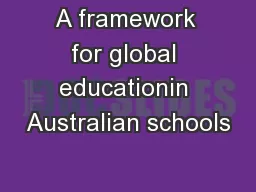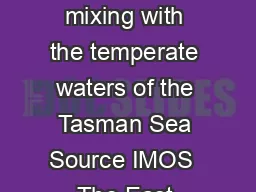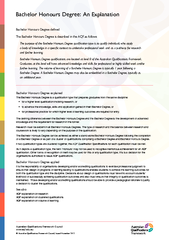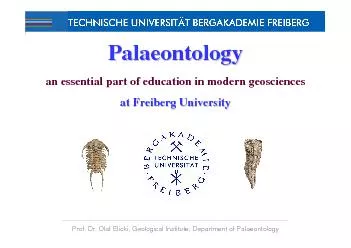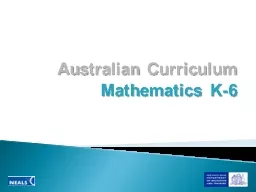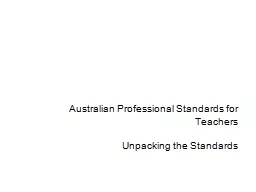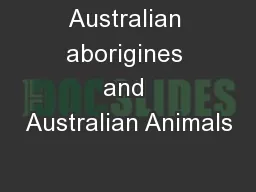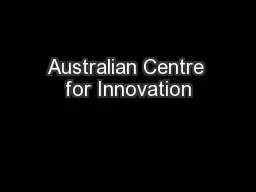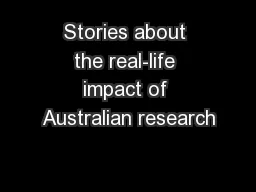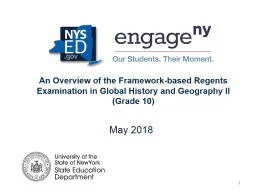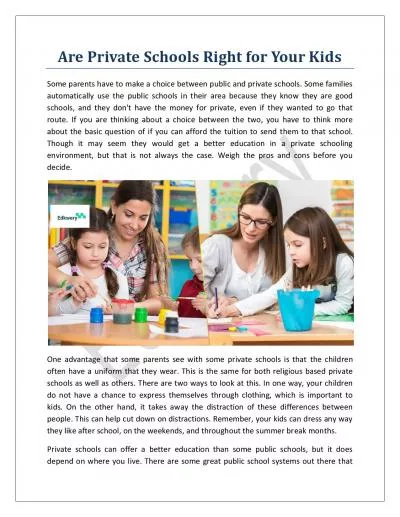PDF-A framework for global educationin Australian schools
Author : briana-ranney | Published Date : 2015-09-23
A framework for global educationin Australian schools Full bibliographic details are availableTel 03 9207 9600Fax 03 9910 9800Website wwwesaeduauat wwwaggovauccaUniversity
Presentation Embed Code
Download Presentation
Download Presentation The PPT/PDF document "A framework for global educationin Austr..." is the property of its rightful owner. Permission is granted to download and print the materials on this website for personal, non-commercial use only, and to display it on your personal computer provided you do not modify the materials and that you retain all copyright notices contained in the materials. By downloading content from our website, you accept the terms of this agreement.
A framework for global educationin Australian schools: Transcript
Download Rules Of Document
"A framework for global educationin Australian schools"The content belongs to its owner. You may download and print it for personal use, without modification, and keep all copyright notices. By downloading, you agree to these terms.
Related Documents

